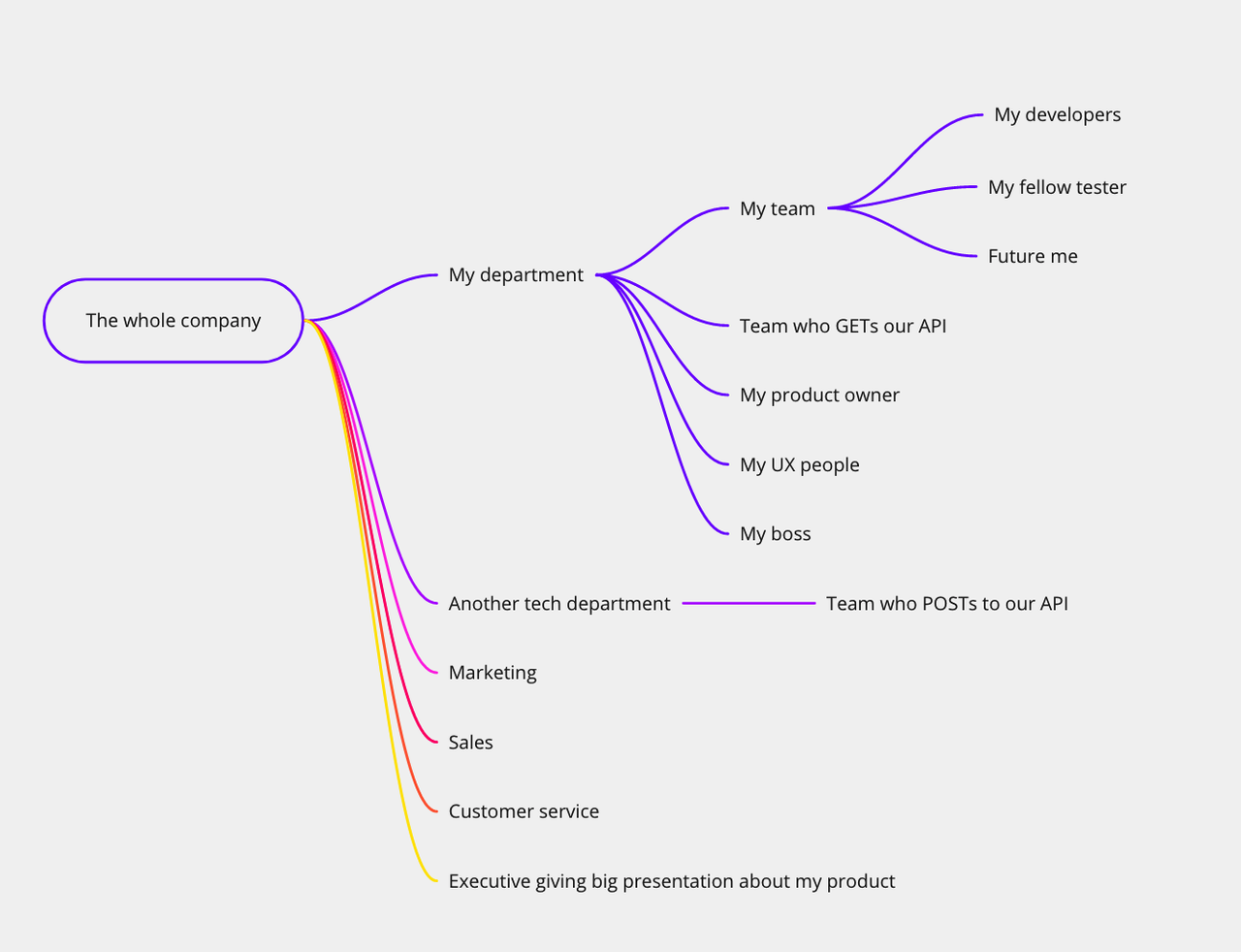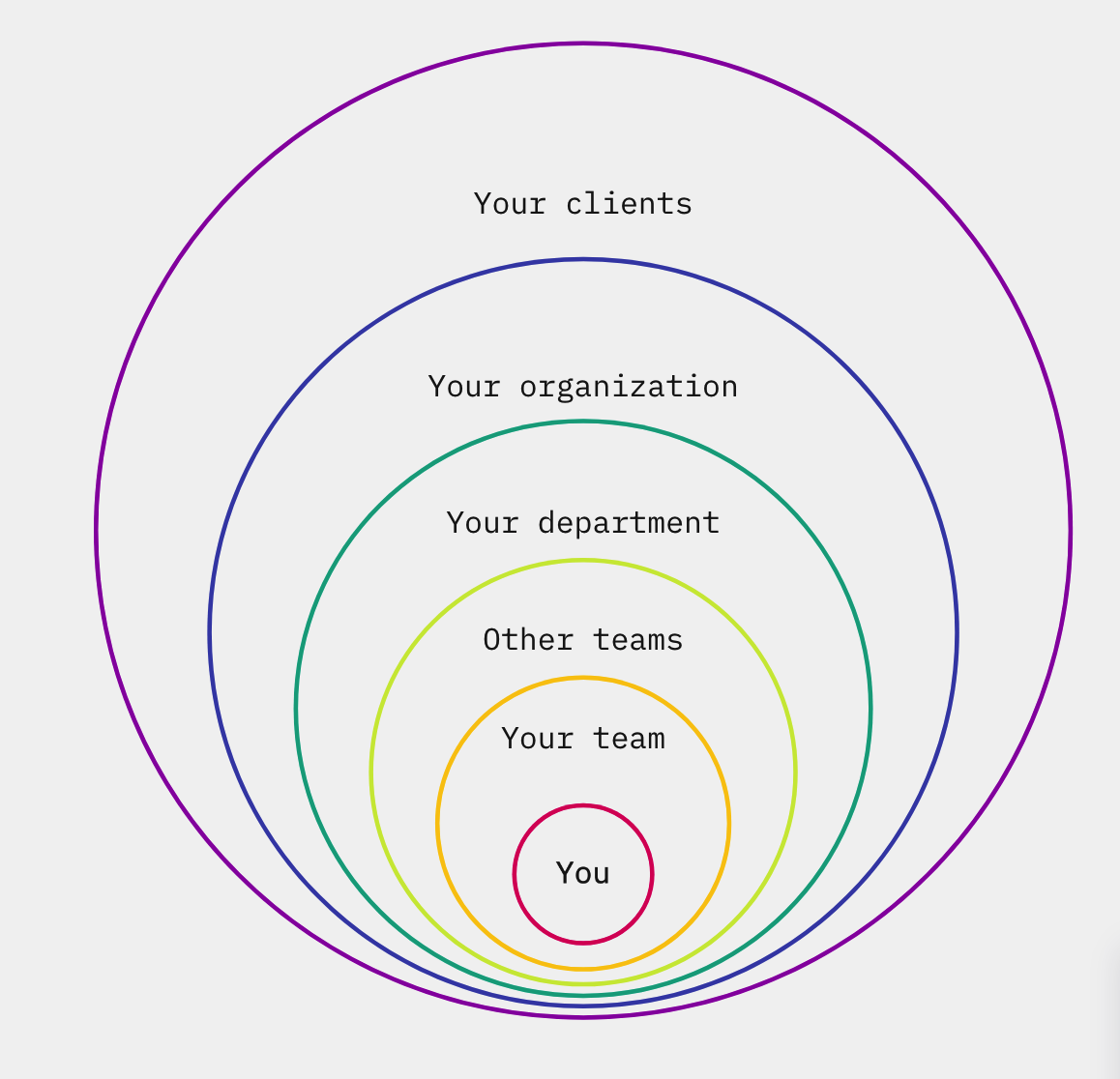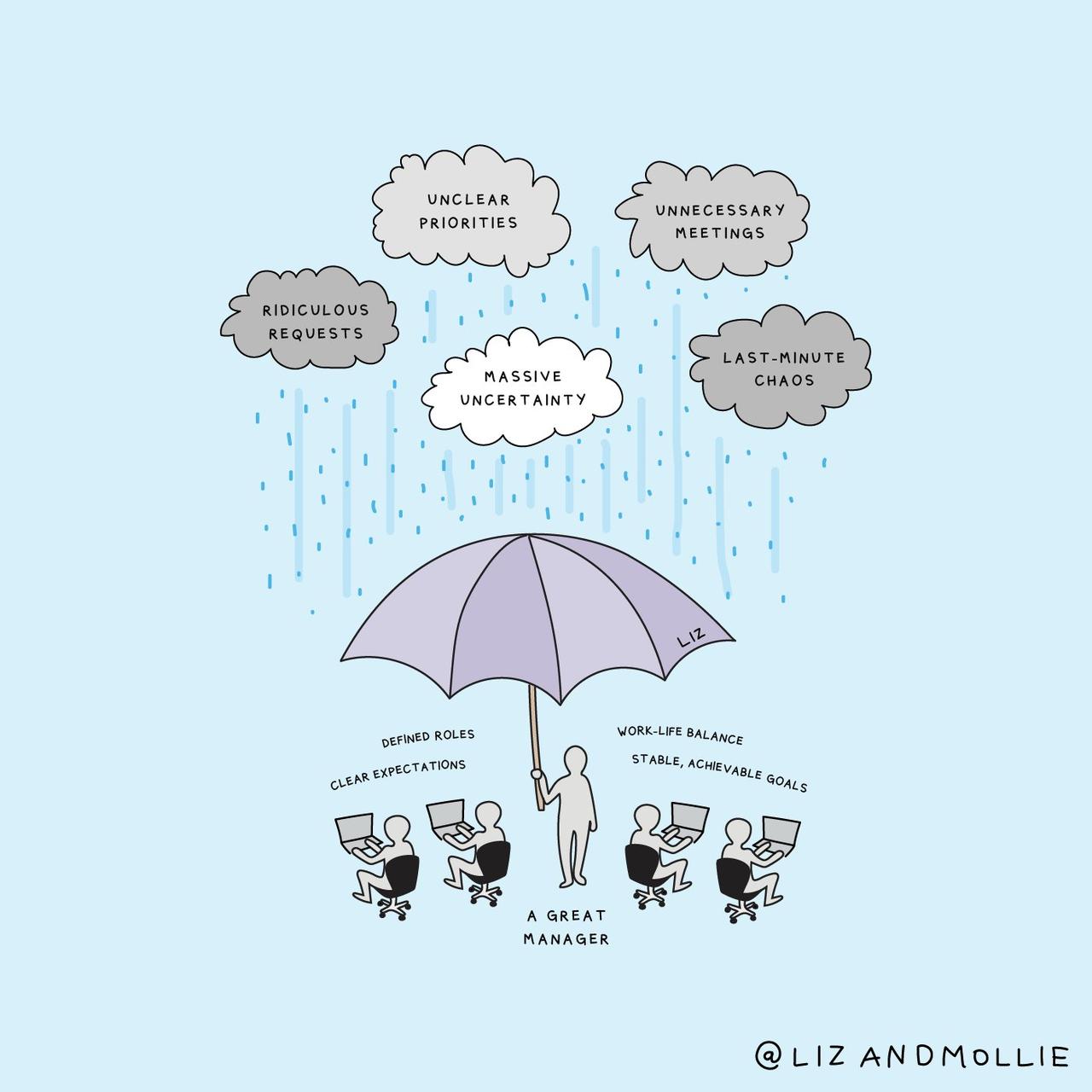Try Asking Different Questions
I'll never know everything, but I love asking questions to get to know more. Obviously, the same question applied in different contexts will yield different results. A couple questions that worked exactly as I'd wanted with engineering teams really fell flat with UX and product. And a couple meta-level questions allowed openings I wouldn't have imagined.
When I asked the wrong question
Joining standups
Part of the charter for my role is to help improve processes and communication around the department. I'd attended each of the engineering team daily standup meetings, and I wanted to do the same for our designers. My intention was something everyone would agree to, but how I asked made it difficult for the designer to see that:
- "Do designers all meet once a day? I've joined all the other standups; may I join yours?""
This might have given an impression that I was trying to inflict help or take over, rather than listen and see if my expertise was needed. Even following up with more details about wanting not to duplicate their work didn't seem to clarify my intention.
Ultimately, speaking to another colleague and starting with my intention helped me understand what space I could be included in. There was a weekly meeting the engineering and product managers attended, where deeper design sessions were planned for that week. I would have never known to ask:
- "Can I attend your weekly meeting with the managers?"
because I didn't know there was a weekly meeting. Sharing my intention might have gotten me there sooner.
End-to-end flow
I'd made a big, complicated diagram of how our users moved through our connected products. I'd imagined it could trigger discussions about all sorts of things, but the two things I wanted it to give the most perspective on were:
- "Are we testing the end-to-end flow?"
- "Are we capturing metrics on the end-to-end flow?"
Describing the specific actions a user could take and how the products were interconnected showed that, for the development teams, it was hard to know what the ends were. I showed the diagram to most of the development teams and asked the question:
- "What could users do that I haven't captured?"
They each thought of things inside the little bubble of their work. But asking the same question to a product owner yielded completely different results: more questions, such as:
- "Who are our users? Where do I see them here?"
- "Can we separate out one flow for one use case for one user?"
- "How are people onboarded? Where do our users start?"
Those last two were completely left of my diagram, since they were outside the scope of what our development teams would build or test for a particular user story. But indeed, the product owners were right that onboarding was part of the end-to-end flow, and thus should be included in how we're looking at the user's journey.
After a few more discussions, I identified an even better question for the product owners:
- "How are you thinking about the whole journey a user takes?"
When I asked the right question
Is this the right agenda?
I started a meeting with a group of about 12 people with the question:
- "Is this the right agenda?"
I wanted to make sure the needs that I could see from my position matched what was most important to them. There were five items on the agenda. When we got to the third one, someone determined that there was another way we could approach it, and we changed the agenda right there. Offering the opportunity at the beginning allowed for the team members to take ownership of their time.
What fell through the cracks?
Retrospectives I've attended and facilitated have often had a "What went wrong?" kind of section. I asked a different question in a session about test strategy, hoping to uncover something slightly different:
- "What fell through the cracks?"
Leaving enough silence let people ponder their work in the recent weeks. People named a few product bugs logged to start. After even more silence, some process bugs came to light as well. It was interesting to see how a slight change in the phrasing of the question uncovered things the retrospectives hadn't.
What questions do you tend to ask to the same people in the same way? What might you discover if you change the way you're asking the question? Can you leave more room for thought and contemplation in your conversations?



